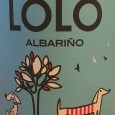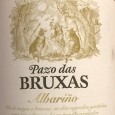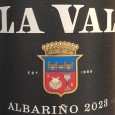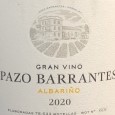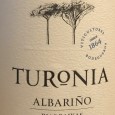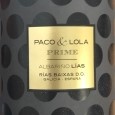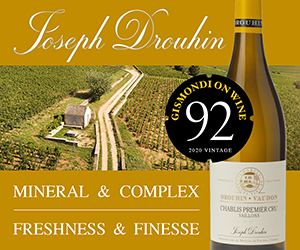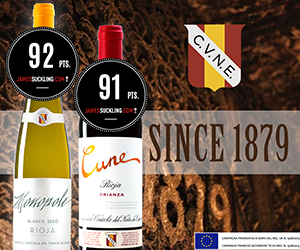Albariño reaches arguably its ultimate expression in Rías Baixas.
It’s likely not a coincidence that the area spanning Galicia and northeast Portugal is also the grape’s ancestral home. It has a long, established history, with vines reaching a remarkable 300 years old.
It’s a variety with a strong capacity to produce quality wines, and that’s reflected in the reviews by the Gismondi on Wine team. It thrives in the wet, maritime climate of Rías Baixas thanks to its thick skins, which protect against potential rot, and penchant for granitic soils. For this reason, it accounts for over 95 percent of the region’s plantings.
It isn’t easy to make sweeping generalizations about albariño. There is a range of distinct styles, depending on the sub-region of Rías Baixas and the winemaking intent. But the wines often show a distinct saline minerality – think ocean spray – regardless of the style. The Atlantic is one of the driving forces here, and that’s clearly reflected in the wines.
We would argue there are four overarching styles of albariño in Rías Baixas. The first is lean and crisp, reminiscent of grüner veltliner, Sancerre, or unoaked chardonnay. They’re citrus-driven – often more fruity than floral – with a combination of orange and grapefruit, accented by sweet herbs. Moderate alcohol consumption due to early harvesting; the winemaking focus is on the purity of fruit. There’s minimal lees influence, with brief aging in stainless steel for early release. Although these wines are intended for immediate consumption, they can also surprise with age.
Crisp and citrusy
The second style is more viognier-like, with a riper fruit profile—combining sweet citrus with peach and apricot—and more pronounced floral aromatics. The wines are rounder and weightier while still retaining refreshing acidity. This is arguably the most distinctive style of albariño, or at least the most identifiable, thanks again to Rías Baixas’ marked salinity. Like before, there’s often minimal lees aging, emphasizing fruit for immediate enjoyment.
Floral & Fruity
Traditionally, the third style represents Rías Baixas’s more premium bottlings. These are wines aged on their lees for an extended period, anywhere from one to two years, to add texture to the variety’s often angular frame. The best examples retain the variety’s floral aromatics, with a delicate lees accent adding complexity. In some cases, the wines are also aged in oak or acacia, though it requires careful restraint as the influence of new wood can easily overshadow albariño.
Textured & Lees Influenced
And, lastly, are the aged examples. It’s not surprising that albariño is so age-worthy: the wines are often exceptionally concentrated, with notable dry extract alongside elevated acidity. This is especially true for wines that have been aged sur lie. The wines seem to age somewhat like sémillon or chenin blanc, adding waxy complexity to balance the expressive fruit. Seeing some mature examples in the Canadian market is encouraging, and many of the younger examples will undoubtedly reward careful cellaring.
Ageworthy
Whether crisp and citrusy, perfumed and aromatic, or textured and age-worthy, these wines capture the essence of Rías Baixas’ Atlantic terroir. Availability is limited in some provinces. However, what you will find offers tremendous value across various price points. Hopefully, there’s much more to come.
Read next: Rías Baixas by Treve Ring and Rías Baixas Food Pairing Guide by HJ Cha

 quicksearch
quicksearch


